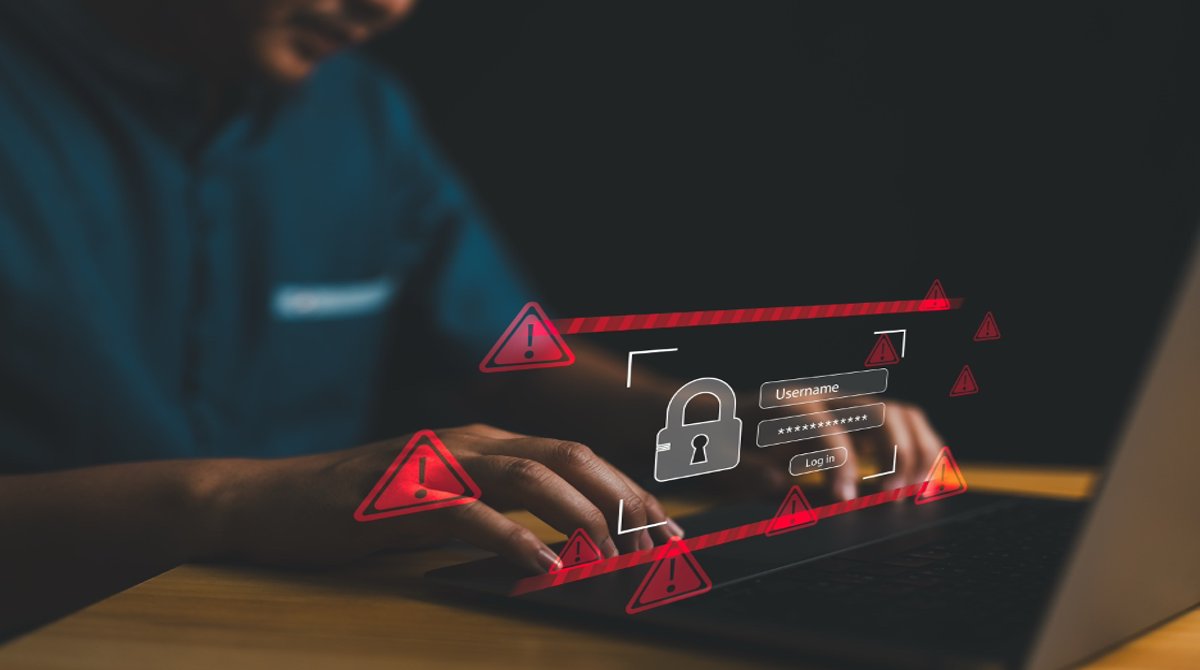
Supply Chain Vulnerabilities Are Getting Harder to Ignore

Supply Chain Vulnerabilities Are Getting Harder to Ignore
In the modern cybersecurity landscape, the weakest link is often not your own infrastructure—it’s someone else’s. As businesses increasingly rely on complex ecosystems of vendors, cloud services, open-source libraries, and managed service providers, supply chain vulnerabilities have become one of the most pressing and least controllable risk surfaces in cybersecurity. And attackers know it.
From Footnote to Front Page
The past few years have elevated supply chain attacks from theoretical risks to real-world crises. High-profile incidents like SolarWinds, Kaseya, and MOVEit have demonstrated just how far and wide one compromise can spread. These weren’t just technical breaches—they were operational meltdowns that shook trust in critical services and exposed thousands of downstream organizations.
The numbers reflect the urgency. According to a 2024 report by ENISA, 62% of organizations experienced a supply chain-related cyber incident in the past year. And with the proliferation of third-party software dependencies, APIs, and AI tools, that number is only expected to rise.
Why Supply Chain Risks Are So Hard to Tackle
Traditional security strategies focus on perimeter defense, endpoint protection, and patch management. But what happens when the vulnerability isn’t on your network—it's embedded in a vendor's software update, or hiding in a code library four levels deep?
Supply chain attacks are uniquely insidious because:
- They bypass trust models by riding on authorized updates or connections.
- They scale quickly, affecting thousands or even millions of organizations simultaneously.
- They’re hard to detect, as malicious code may appear legitimate or go unnoticed for months.
Worse yet, many organizations have limited visibility into their extended digital supply chains, making it difficult to assess or mitigate third-party risk proactively.
The Regulatory and Insurance Wake-Up Call
Governments and insurers are responding with increased scrutiny. New SEC rules demand disclosure of material cybersecurity incidents—including those caused by third-party failures. Cyber insurance providers are tightening requirements, often denying claims if supply chain diligence isn’t demonstrated.
This signals a turning point: “We didn’t know” is no longer an acceptable excuse.
Toward a More Resilient Future
Here’s how organizations can start reducing their exposure:
- Map Your Dependencies
Conduct a full inventory of all third-party vendors, software components, and data flows. Understand not just your direct vendors, but your vendors’ vendors. - Shift from Trust to Verification
Implement continuous monitoring of third-party risk. Use tools that analyze vendor behavior, compliance, and security posture—don’t rely on a once-a-year questionnaire. - Enforce Least Privilege and Segmentation
Ensure third-party access is tightly controlled, time-limited, and isolated from critical systems. - Automate Exposure Management
Identify which assets and users would be impacted in the event of a third-party compromise. This is where Reveald’s Exposure Management capabilities provide clarity and actionability. - Plan for the Worst
Assume that a supply chain compromise is not a matter of “if” but “when.” Test your incident response with realistic supply chain scenarios.
Final Thought
The attack surface has shifted—and security strategies must shift with it. Supply chain vulnerabilities are no longer theoretical, secondary, or ignorable. They’re central to today’s threat landscape. The companies that recognize this and invest in proactive, automated exposure management will be the ones best positioned to protect their data, their users, and their reputations.

Sabrena Gartland | Director of Marketing
17+ yrs in marketing and PR, excels in digital strategies, brand development, and creative content. Passionate about innovative engagement and growth.
The force multiplier for security teams.
Welcome to the new age of predictive cybersecurity.
Leverage the power of AI to discover and prioritize cybersecurity risks, vulnerabilities and misconfigurations across your entire environment

